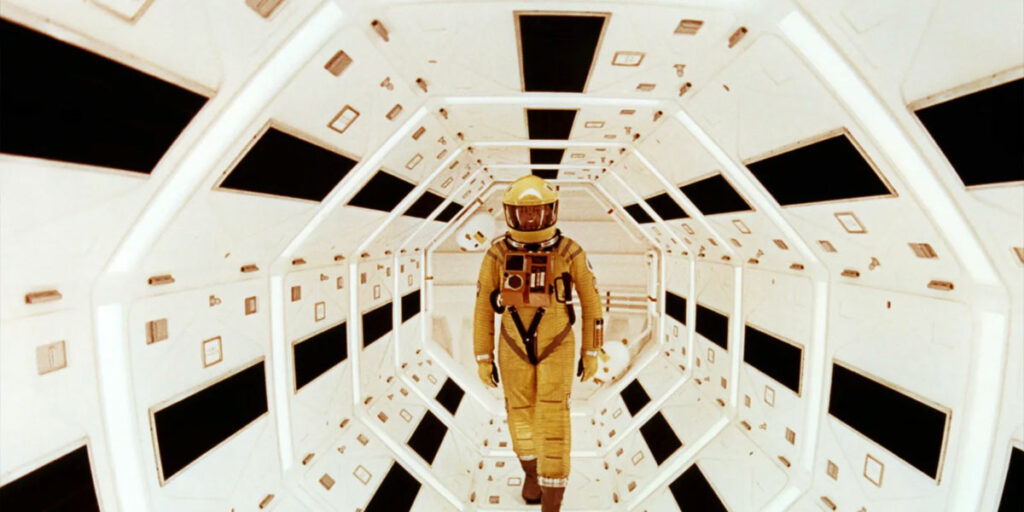Film majors need to be well-versed in all aspects of the art form, from cinematography and editing to storytelling and acting. There are virtually countless films all aspiring moviemakers should watch, as there are so many movies – both timeless classics and recent releases – that have had a huge influence on the industry. While we can’t cover all those today, we have identified a few movies that particularly stand out. In this article, we will explore the 5 movies that all film majors need to see to develop their cinematic knowledge and analytical skills.
1. Citizen Kane (1941)
Orson Welles
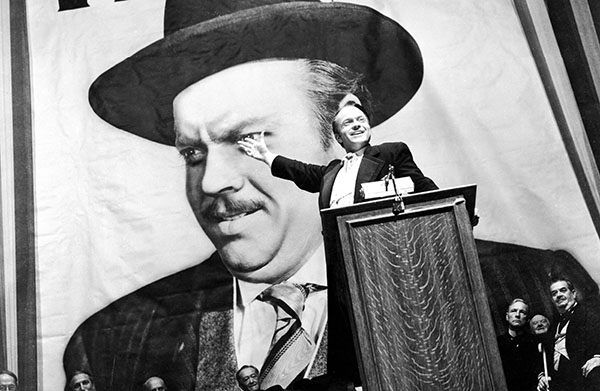
From director/co-writer/star Orson Welles, Citizen Kane is widely discussed in the film industry, both for its technical achievements and for how influential it was. The story takes place in the aftermath of publishing magnate Charles Foster Kane’s (Welles) death, and follows the man’s colleagues, friends, and various figures as they try to decipher the man’s cryptic final word, “Rosebud,” while also trying to paint a comprehensive picture of who Kane was.
The end result is a film that never really fully explains the mystery surrounding Kane, and that calls for multiple interpretations as to who the tycoon really was. Narratively speaking, Citizen Kane is told from the points of view of several figures, and the genius of Orson and co-writer Herman J. Mankiewicz ‘s screenplay is that it defies our expectations from beginning to end, with an opening scene that immediately reveals Kane’s entire life story instead of letting us discover it on our own, and a conclusion that leaves it up to us to put the pieces of the puzzle together. But Citizen Kane’s biggest achievement lies in its cinematography (Gregg Toland), more specifically in a technique called “deep focus,” where the frame shows the foreground, middle ground, and background all in focus at the same time.
Citizen Kane delves into the concepts of power, corruption, and the American dream. According to Jeremy, a consultant at a prominent professional paper writing service, the film is a common essay topic chosen by script-writing students, renowned for its innovative camera techniques, use of deep focus, and non-linear narrative structure.
2. 2001: A Space Odyssey (1968)
Stanley Kubrick
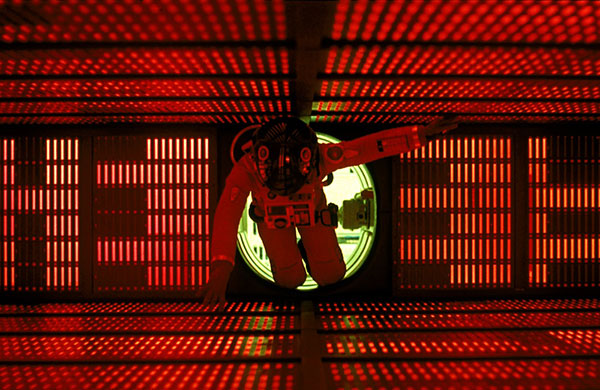
If you’ve never seen 2001: A Space Odyssey, prepare for a film that opens with an over 10 minutes-long scene of primitive apes in their natural environment, as they look for means to survive and eventually make a discovery that will be essential to understanding Stanley Kubrick’s film – but be prepare: understanding this movie will require careful analysis and possibly some research too. Based on a short story by Arthur C. Clarke, the film mainly centers around a doctor (Keir Dullea) and some astronauts who embark on a mission with a computer system named HAL, who slowly begins to act in very strange ways, leading to a showdown between man and machine. But the film – arguably the best sci-fi film of all time – is so much more than that.
At its core, 2001: A Space Odyssey explores the evolution of humanity, taking us on a journey through space and time that tells multiple stories at the same time, from man’s birth, life and death to the complex relationship between humans and machines, but also the meaning of time itself, the very essence of evolution, and possibly the entire history of the universe, viewed from the lens of religion and mythology. After refusing to explain his film to audiences, Kubrick finally shared his interpretation of the film, but 2001: A Space Odyssey still remains a complex movie that can be analyzed in a number of different ways, as well as a stunning gem of a film that employs groundbreaking filmmaking techniques and special effects.
3. The Godfather (1972)
Francis Ford Coppola
The first film in Francis Ford Coppola’s critically acclaimed Godfather trilogy is regarded by many as one of the best films of all time. Based on Mario Puzo’s 1969 novel of the same name, this widely referenced film is quite simply one of those movies that work on every possible level, made even better by the fact that its 1974 sequel is just as good. This iconic mob drama follows the Corleone family, a powerful New York mafia clan. At the center of it all is Don Vito Corleone (Marlon Brando), dealing with a youngest son (Al Pacino’s Michael) who is not so eager to join the Mafia. When he eventually does, he becomes entangled in a web of betrayal, power dynamics, and violence, as he tries to deal with the family business while also having a normal relationship with his wife Kay (Diane Keaton).
The Godfather is technically impressive on every possible level – from its use of lighting and shadow to camerawork, cinematography and worldbuilding that convey the very essence of the Corleones. Not only that, but it’s a great example of good characterization and storytelling, with a groundbreaking take on the American Dream and compelling dynamics between its characters, brilliantly brought to life by its all-star cast. Not only did The Godfather revolutionize the mob genre, but it pretty much gave birth to it, and is indeed a masterclass in storytelling.
4. Raging Bull (1980)
Martin Scorsese
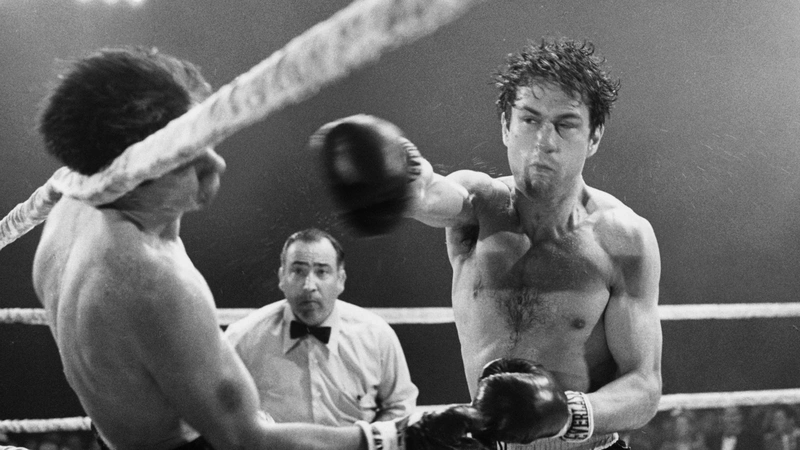
Raging Bull is one of Martin Scorsese’s best films, and it’s mainly due to its depiction of its central character, portrayed to perfection by Robert De Niro. Inspired by the life of boxer Jake LaMotta and based on the LaMotta’s book of the same name, the film is set in 1941, when our titular character is an up-and-coming boxer. In the best biopic tradition, we watch him as he rises to fame, driven by his ambition to rank in the middleweight championship. But Jake soon falls into a downward spiral, as fear, jealousy and violence begin to drive his every move in and outside the ring – a place that serves both as an outlet for his rage and as a way to exact revenge on those that he believes to have wronged him, be punished for his own wrongdoings, and eventually annihilate his sense of self.
Raging Bull is not a happy movie, but that’s what’s so great about it. Co-writers Paul Schrader and Mardik Martin give us an unsympathetic, self-destructive, violent protagonist that we never really empathize with, in a film that’s more about his mental state than it is about his actions in the ring. Just like in his acclaimed Taxi Driver, Scorsese gives us the haunting character study of a antihero – only, this time it’s a much bleaker, brutal and violent one, and one that is more concerned with loneliness, insecurity, toxic masculinity and self-worth than redemption. What we get in the end is a film unlike any others, and yet another genre-defying masterpiece by one of the greatest filmmakers alive.
5. Mulholland Drive (2001)
David Lynch
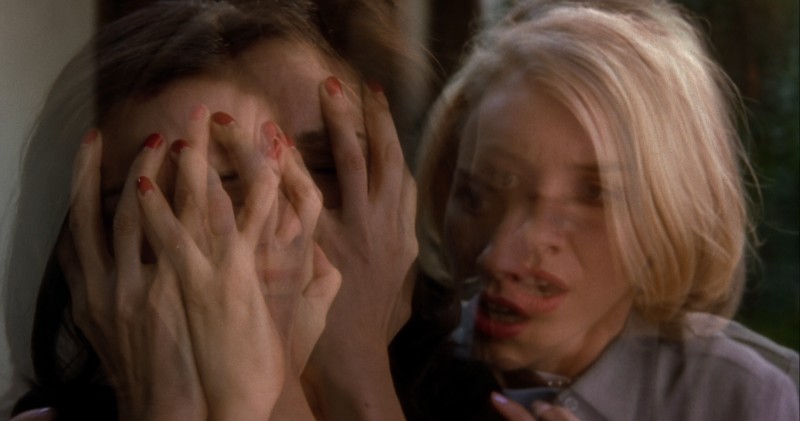
David Lynch is not for everyone, but if you’re about to start approaching the Twin Peaks director, Mulholland Drive is the right film to start with. This 2001 thriller is, at the same time, one of the filmmaker’s most approachable films, due to its initially linear narrative, but also one of his most mysterious and intriguing puzzles, as it can be analyzed and interpreted in countless ways. The movie begins with the story of a woman named Rita (Laura Harring), who is amnesiac after a car crash and stumbles upon a house where she meets Betty (Naomi Watts), and begins to have a relationship with her. But Mulholland Drive also revolves around a man in a diner whose horrific dreams come true, a director (Justin Theroux) who’s having the worst day, and a hitman who tries to steal a phone book, as well as several mobsters, cowboys, waiters, cabaret emcees, police officers, and various figures.
Eventually, these many threads and characters intertwine, but that doesn’t mean we get any answers. The atmosphere becomes darker and more dreamlike, with nightmares and hallucinations that eventually take over, in a neo-noir masterpiece that explores themes such as identity, desire, fame, the Hollywood industry, the meaning of life, and much more. It’s quite simply a movie that refuses to be defined by any genre convention, and that simply asks you to go with it: the further you’re able to venture into David Lynch’s nightmarish world, the more you’ll get from Mullholland Drive.

